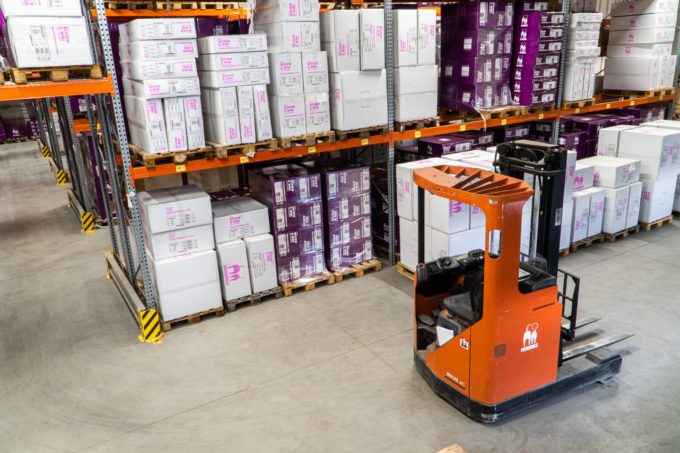Predictive maintenance (PM) has long been a prominent capability amongst the suite of technologies ushered in under Industry 4.0. A combination of Internet of things (IoT) and machine learning (ML), predictive maintenance aims to identify potential machine failures before they occur. It does this by collecting key data and finding buried, hard-to-spot patterns that presage a breakdown. The benefits include less downtime, reduced maintenance costs, and smaller spare parts inventory.
PM has seen some success in implementations in energy. These applications are a particularly good example of the “sweet spot”, where PM’s implementation is best suited: the confluence of moderate failure points, data capture capability, and high economic stakes. In some industries, such as aviation, PM is even fostering new business models that offer PM-as-a-Service. This serves both to expand the reach of the PM benefits and the access to the raw data that improves algorithms.
Surprisingly, however, our anecdotal feedback in discussing PM with operations executives is that it is not really gaining traction in manufacturing, despite the fact that for many people Industry 4.0 is inextricably linked with smart factories. The European supply chain director of a major consumer goods manufacturer, one with demonstrated leadership in supply chain digital transformation, told us that “we looked carefully at PM but just didn’t see anything there for us”, as far as their factories were concerned.
A surprising new market
Looking outside factories, Gradesens, a Swiss firm specializing in PM applications, has found an attractive new application for the technology in the world of intralogistics. By applying PM to the automated systems that load and unload very narrow aisle (VNA), warehouses offer all the benefits of PM in terms of minimizing unplanned downtime and lowering maintenance costs, said Yvan Jacquat, the company’s CEO.
The large-scale automated pallet movers in VNA warehouses are hardly new technology, but adopting them has often been met by fears of being locked out if the system goes down. PM can bring significant new value by analyzing key data measurements that are easily captured, and can tell a story of a machine in need of care. Jacquat explains that an imminent machine failure can be predicted by measuring the trajectory smoothness of a fork movement and other mechanical data. Gradesens has completed trials in Switzerland and Spain. The results show that the company’s PM system enables the detection of 80% of the main critical failure modes and leads to significant unplanned downtime improvements. The findings are sufficiently compelling for one large vendor in distribution automation in Europe to proactively encourage clients to implement PM, to improve customer satisfaction and lower maintenance costs due to unforeseen critical failures. The payback time for the system recovering the installation cost is now down to about 18 months and could well decrease further.







